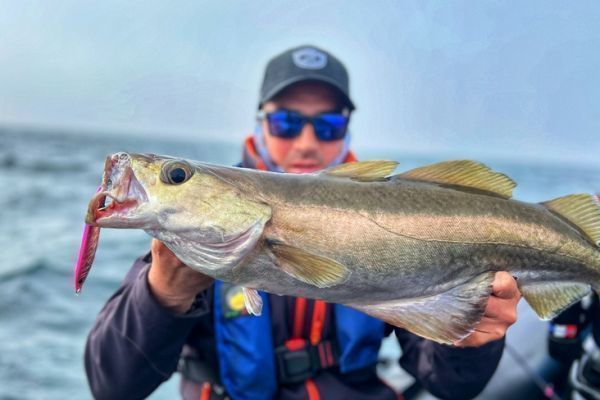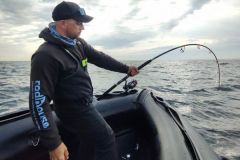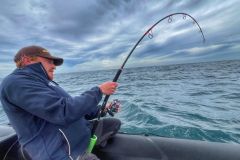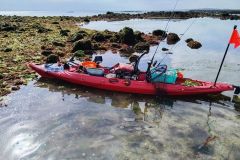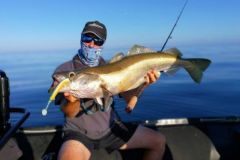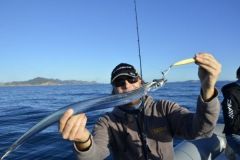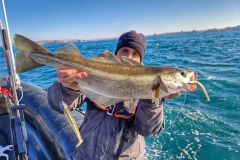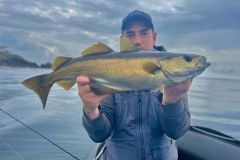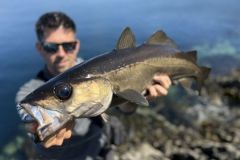The slow jig
Slow jig fishing is a technique in which the lure floats thanks to its specific shape.
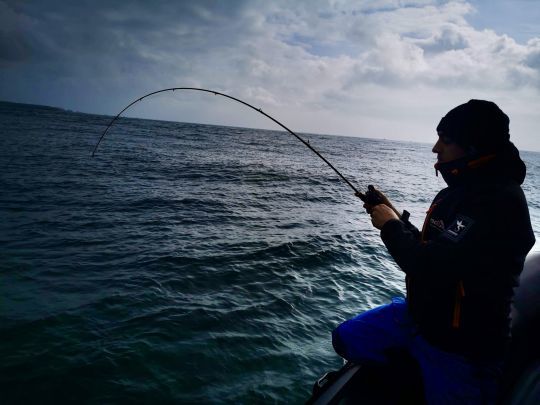
This lure has an asymmetrical shape, often wider at the bottom, giving it a gliding action. Unlike other models, it descends more slowly and flutters.
It is designed for vertical fishing, unlike casting jigs, for example, which are cast. It targets all bottom fish, as well as pelagic fish swimming between two waters.
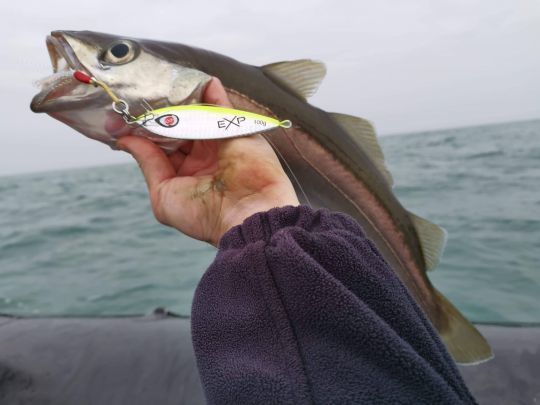
This lure is very effective on the descent. The animation consists in bringing the lure up into the water so that the fish can identify it and then start the descent. The descent must be controlled and the angler must remain vigilant to the slightest touch to be able to strike effectively.
Casting jig fishing
Unlike slow jig fishing, it can be used for both vertical and cast fishing.
Casting jigs are streamlined lures designed to be cast with excellent air and water penetration.

You can cast far into the wind. That's why they're so popular with shore anglers, who can achieve remarkable casting distances even with light weights.
By boat, they are just as effective, allowing you to reach difficult-to-approach positions such as breakers or emerging rock heads.
This lure needs to be animated. The fishing technique consists in casting the lure as far as possible. Then control the descent to reach the desired fishing depth, depending on the behaviour and species of the target fish.
The lure is animated by a more or less slow retrieve to which the angler associates scion strokes to give the lure an erratic swimming action.
It's a fast fishery that can be useful for prospecting, and which I personally use when faced with active fish.
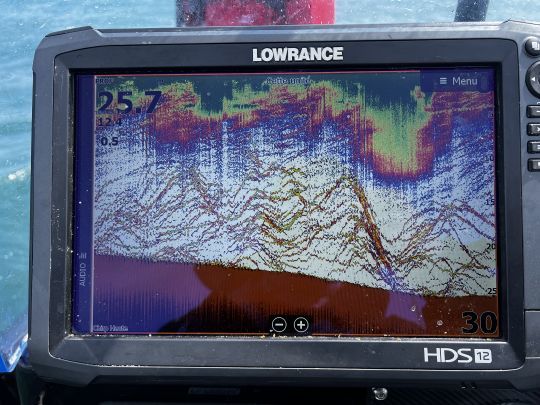
Vertical jigs
These jigs used for vertical fishing have a specific profile. They are often tapered for rapid descent, and of varying lengths.
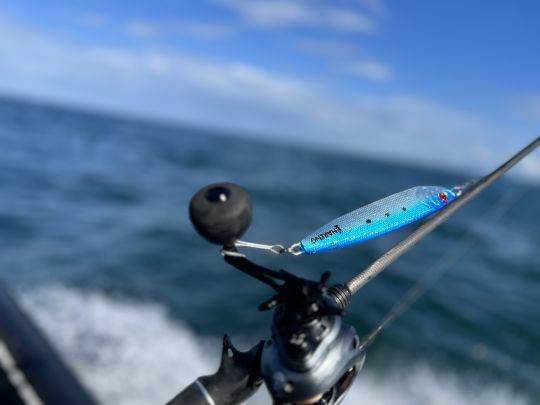
Personally, I use this jig when I'm fishing on wrecks for big pollack or in deep areas exposed to currents.
The fishing technique is the "elevator", which consists of letting the lure drop, making contact with the bottom, and recovering more or less rapidly through the layer of water.
It is also possible to jig very close to the bottom, using vertical animations of the rod.
In any case, stay alert on the descent, as this is the most common time to hit.
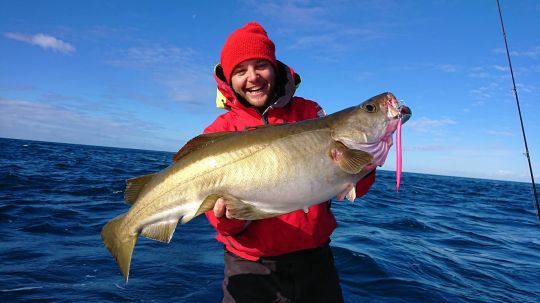
Use assist hooks!
Whatever type of jig you're fishing with, using assist hooks is a real plus for several reasons.
Some models have a teasing effect, as they are mounted on coloured or shiny feathers. Assist hooks reduce the risk of fish stalling.
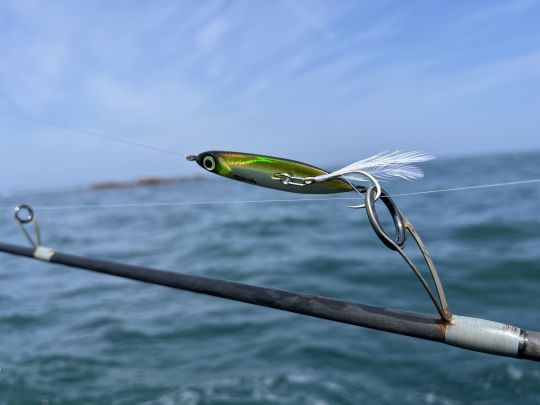
They also reduce the risk of injury when used in place of triples. Finally, positioned on the top of the jig when fishing vertically, they considerably reduce the risk of snagging on the bottom.

 /
/ 